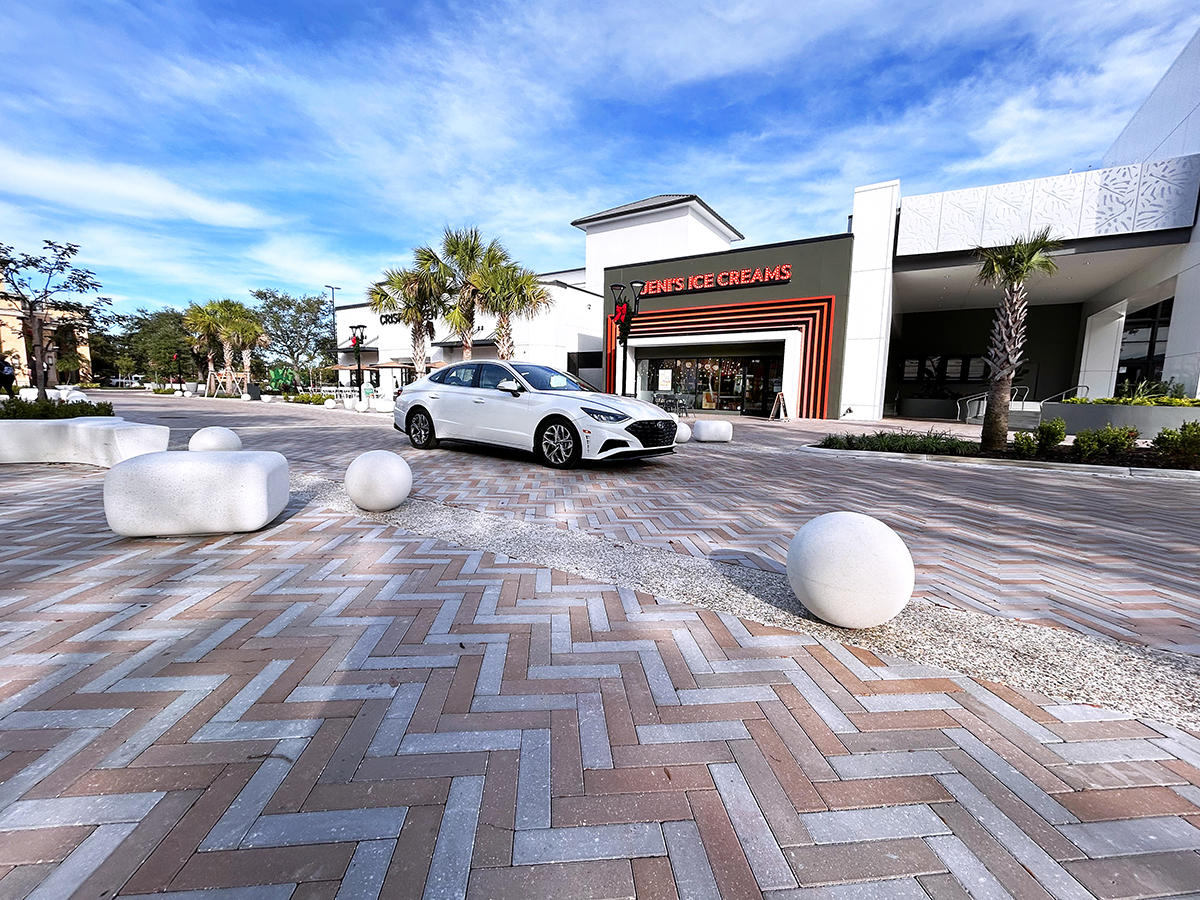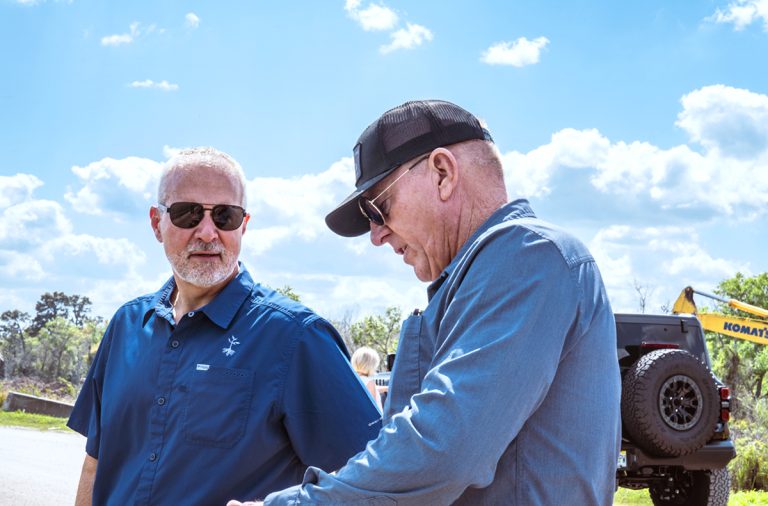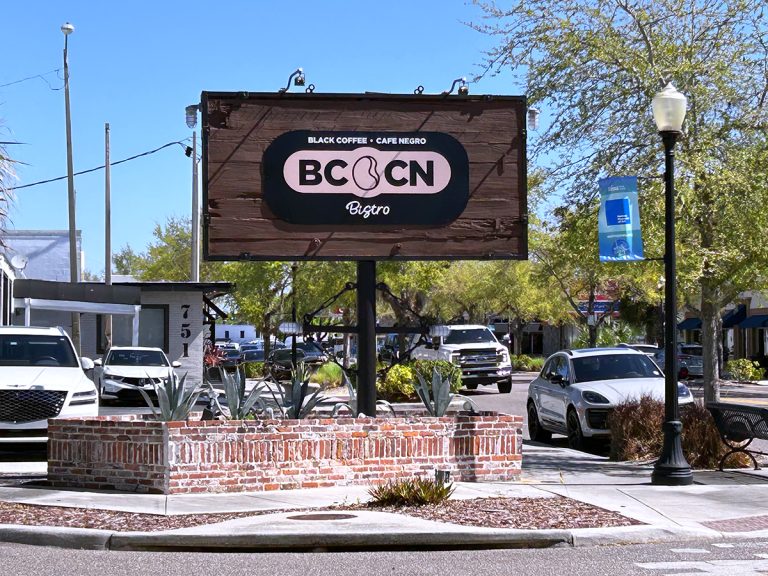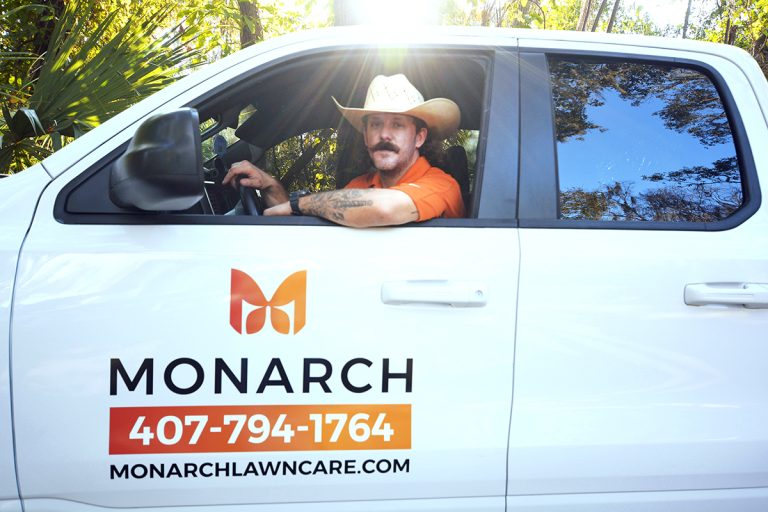Winter Park Village is nearing the end of a three-year, multimillion dollar redesign that is evolving its purpose. But the project also marks the completion of a process that began more than 24 years ago when it was transformed from an indoor mall to an outdoor retail center.
“I hate to even call it a rehab because they stripped the site and totally re-did it,” said landscape architect Tom McMacken of the first project, completed in 1999. “It was pretty radical at the time.”
McMacken, a landscape architect who formerly worked at Glatting Jackson Kercher Anglin, Inc., was part of the team that designed the retail concept on the site of the defunct Winter Park Mall. Sarasota-based property owner CASTO requested an outdoor shopping center that resembled another local retail icon.
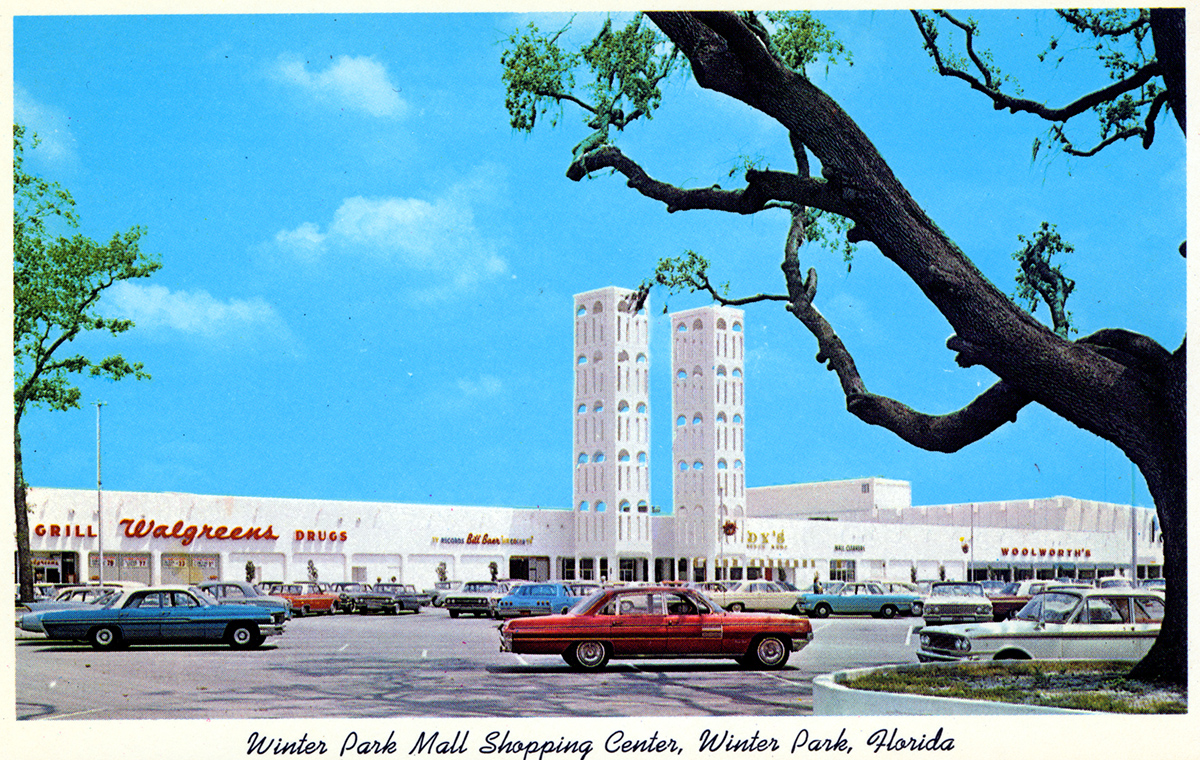
“CASTO came in and said, ‘We’ve got this concept for an outdoor mall; a streetscape that is going to potentially rival Park Avenue,’” said McMacken. “I mean, Park Avenue was the pedestrian-oriented shopping area, and that was what they were looking to do.”
He recalls extensive research and long meetings during the early stages of the project, which ultimately lasted just over two years from concept to completion. Items ranging from the size and location of parking lots to building residential lofts over commercial spaces required extensive research and meetings. “It’s always easier to say no than it is to say yes, but they had this vision and they said, ‘This is gonna work,’ and the rest is history.”
McMacken joined Dix.Hite + Partners, Inc. in 2020, just in time for their role in redesigning the retail center with Charlan Brock Architects. And while they did not have to deal with the complexities of building from the ground up, there were several hurdles to be cleared.
“We started in early 2020. I remember we were all wearing masks,” said Dix.Hite principal and partner David Hoppes. “The visioning process probably took three to four months to get it to the point where (the clients) were comfortable. And then we probably had eight months of design before construction was possible.”
The guiding vision behind the redesign was to create a more welcoming environment that inspires guests to extend their visits. According to CASTO president Brett Hutchens, the must-have items beyond the retail offerings were better lighting, wider sidewalks, a better pedestrian experience, and a larger park/gathering area.
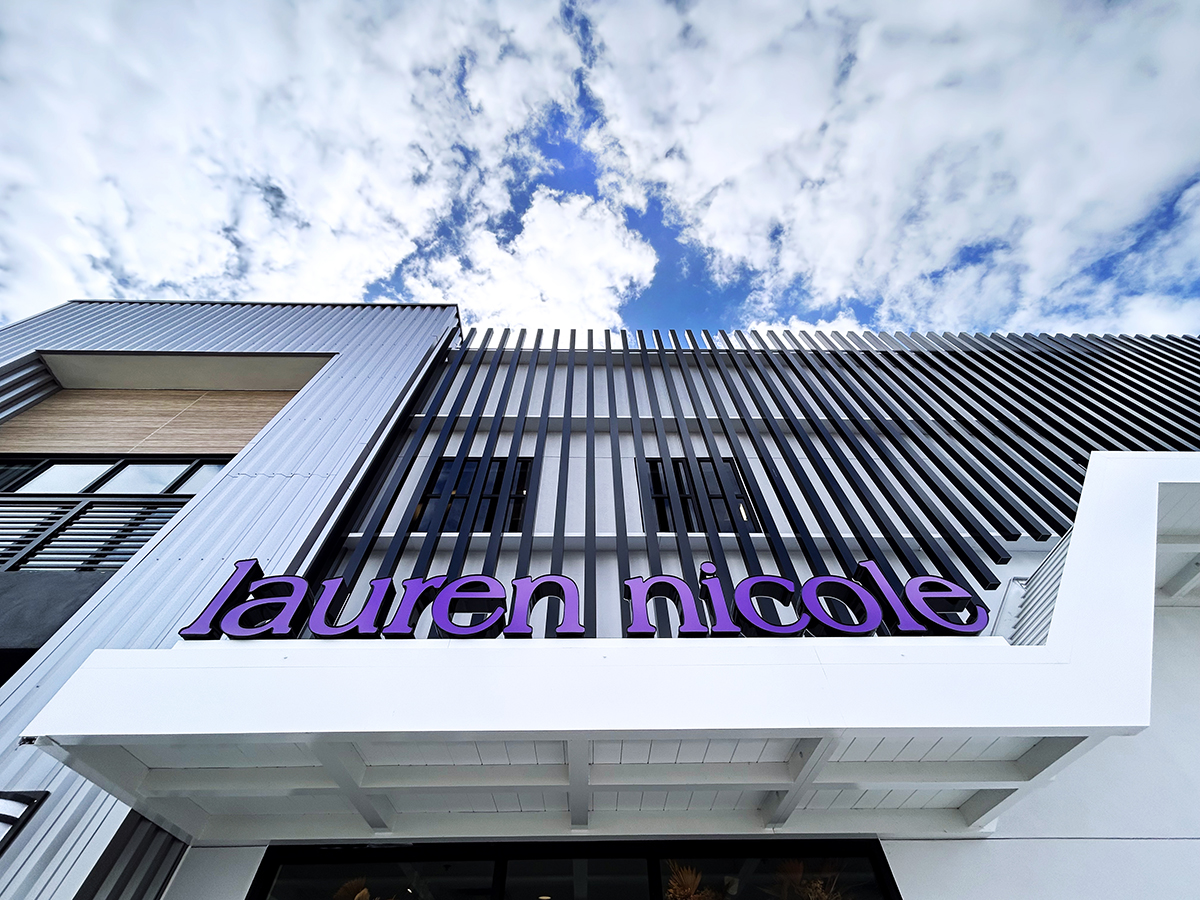
“The retail landscape has changed so much over the last eight to 10 years, the entire complex requires an update to remain relevant,” Hutchens told the32789 at the start of the construction process. “We believe the combination of top-tier national brands – coupled with unique, locally-owned boutiques and immersive experiences will create a shopping and dining destination unlike any other in Central Florida.”
Storefronts required a new look as did landscaping choices, and additional lighting was needed around streets and parking lots. But that wasn’t enough to turn a quick shopping trip into an afternoon/evening outing. A new environment would increase walkability, add visual appeal, and allow for special events.
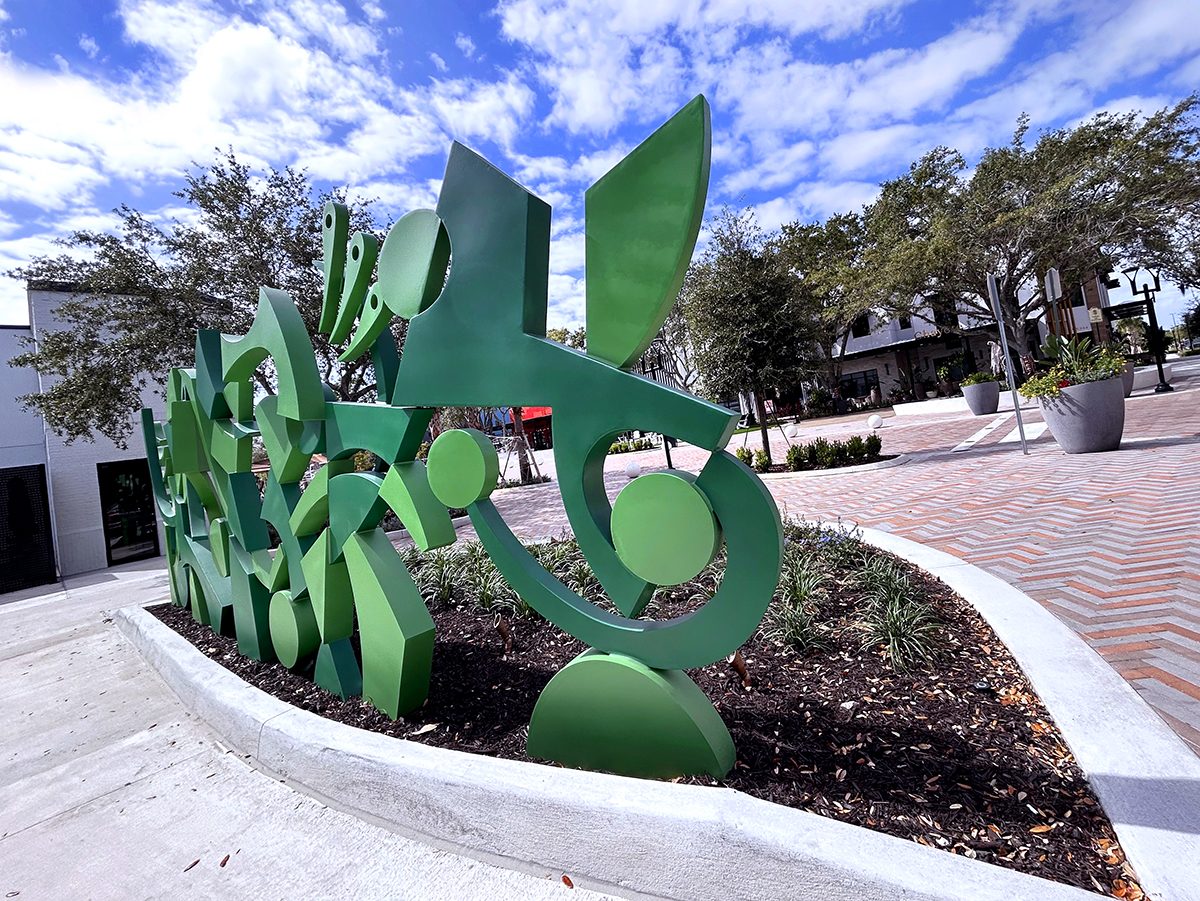
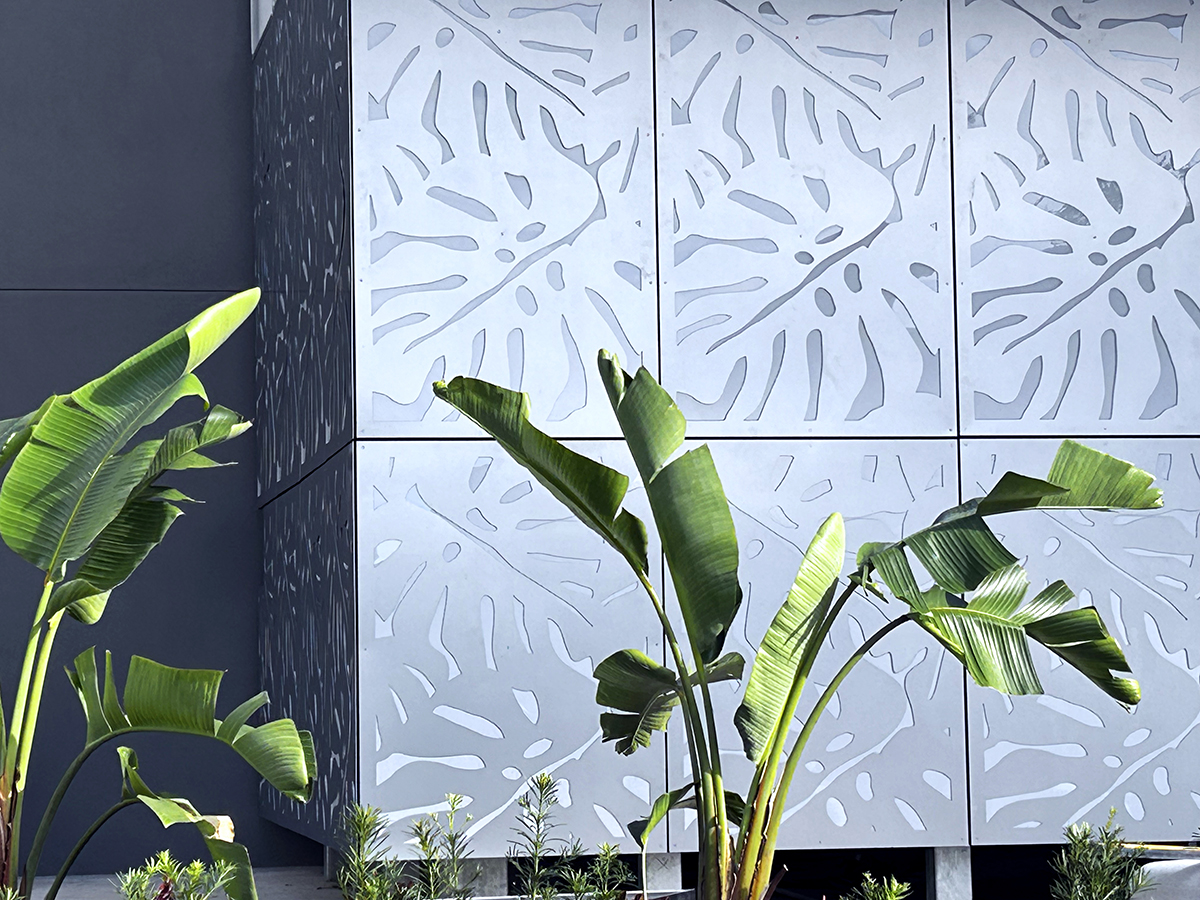
A more pedestrian-friendly experience was achieved by eliminating curbs and separating driveways from walkways with planters and concrete sculptures. Leveling streets with sidewalks creates an unusual driving experience that ultimately slows traffic, and the resulting plaza-style setting can accommodate events like live music and block parties. McMacken sees the improvements as realizing the full potential of the retail complex.
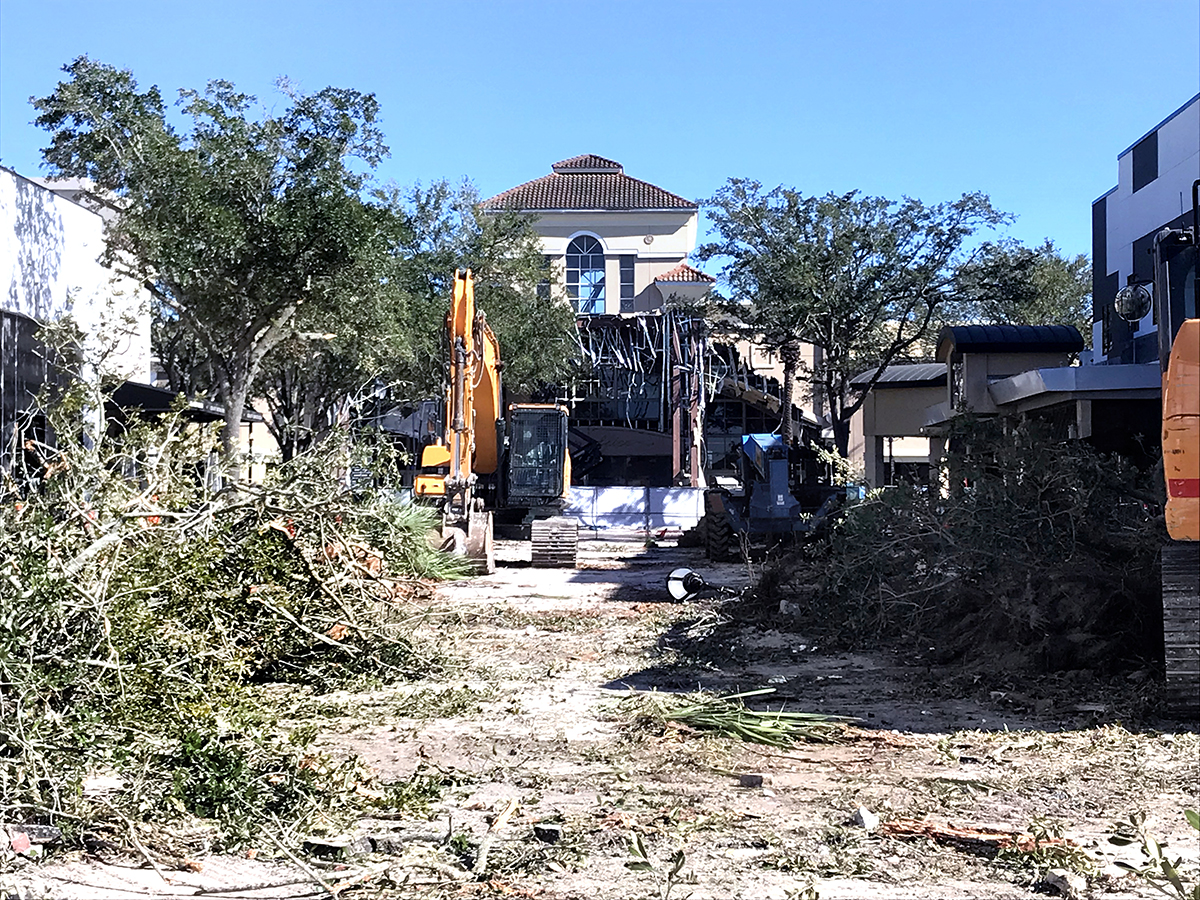
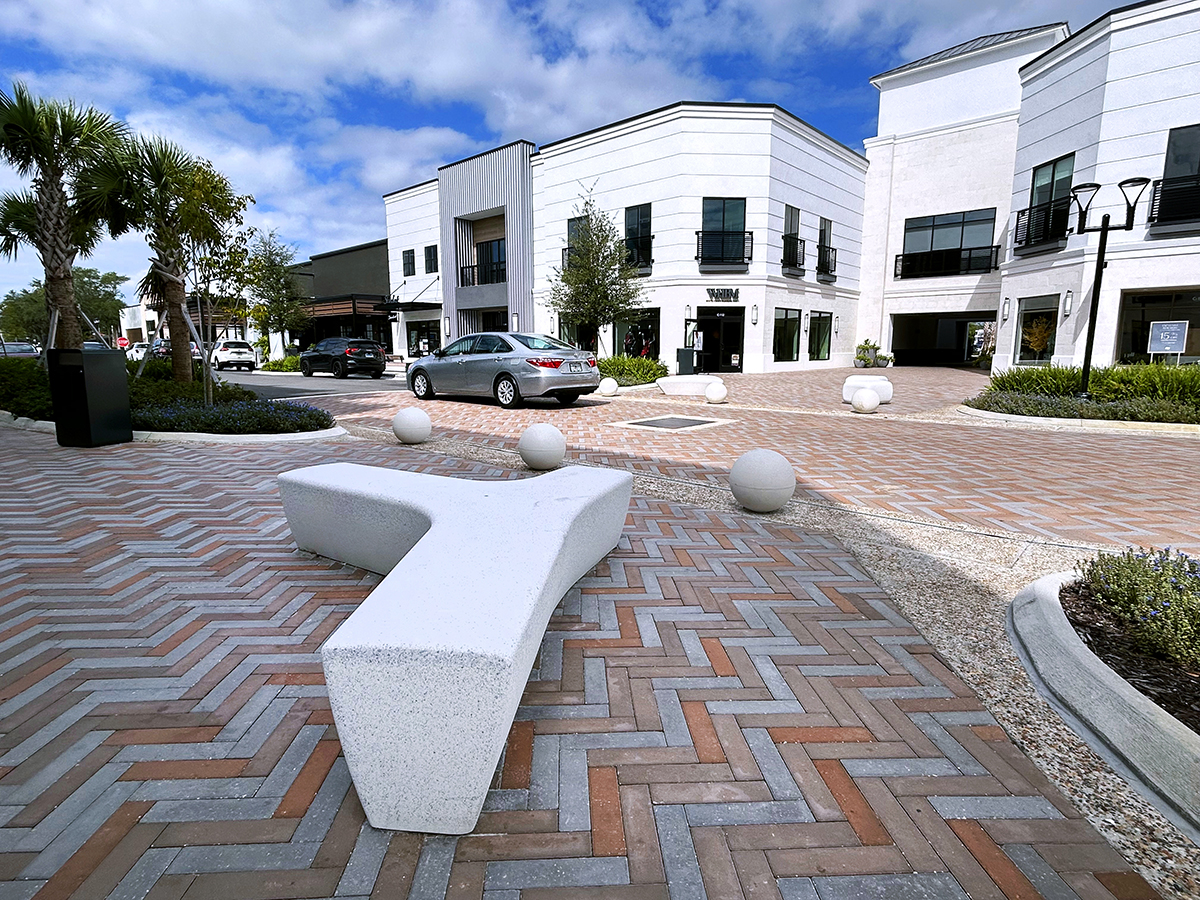
“I really think this latest rendition is what they wanted to achieve the first time. They were able to achieve the outdoor concept back then, but getting past the idea of not having curbs was probably a bridge too far, no pun intended.”
One requirement not encountered during the first project was ensuring public safety in construction areas that would otherwise be off limits. “They couldn’t put a fence around the site and just be in there with contractors building it like the first time,” McMacken said. “They had to do everything in their power to make sure the businesses stayed open.”
The difficulty was on full display as covered walkways and limited sidewalk access accompanied months of facade rebuilds. The process of rebuilding the main access street off Gay Road took six months with traffic redirected and parking assisted by valets. A temporary pedestrian crosswalk allowed guests to access shopping areas.
Another environmental enhancement was the expansion of a greenspace where kids could play and adults could relax. But once the design process began, it wasn’t so much an expansion as it was a reuse of space. “Over time, the area was filled with things that were supposed to make it more appealing,” said Hoppes. “The new plan was essentially to flush all that stuff out and make it more of an open greenspace.”
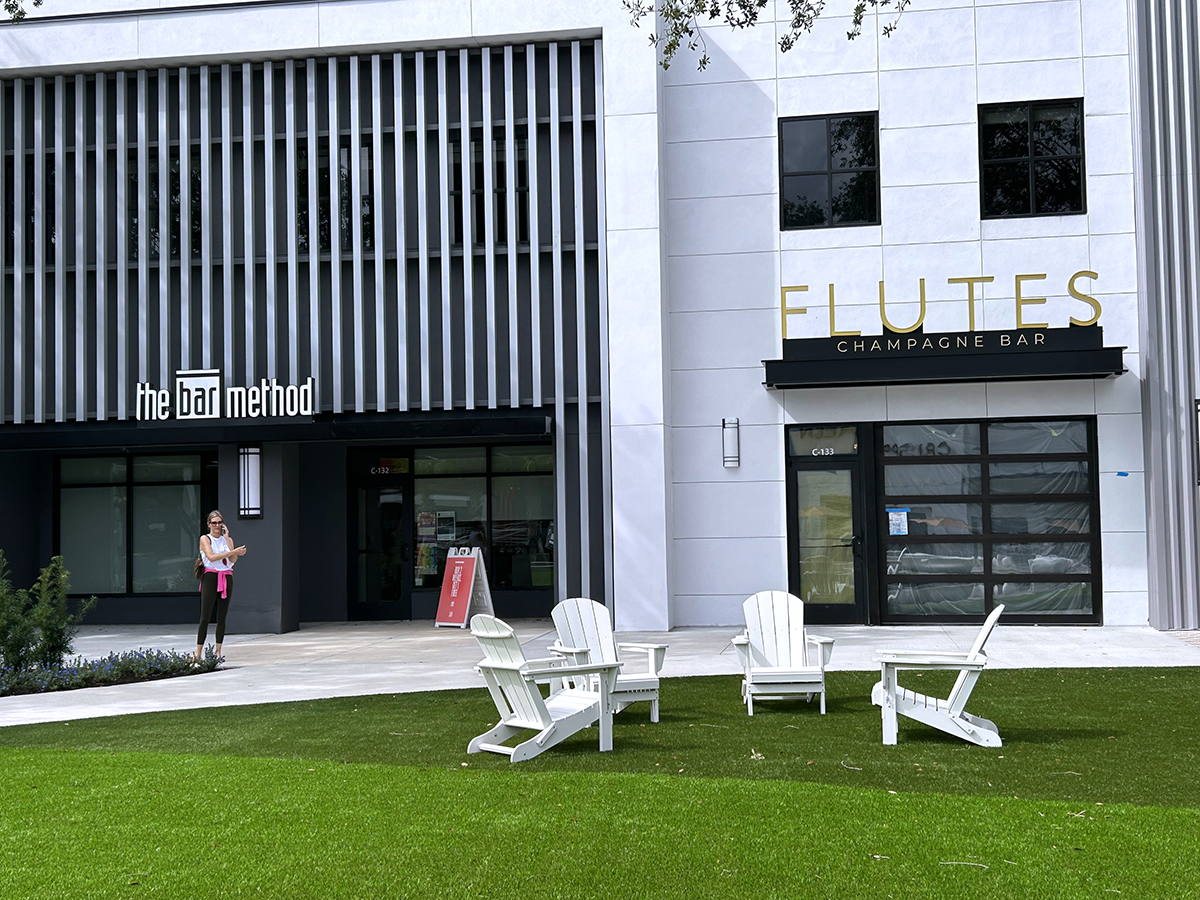
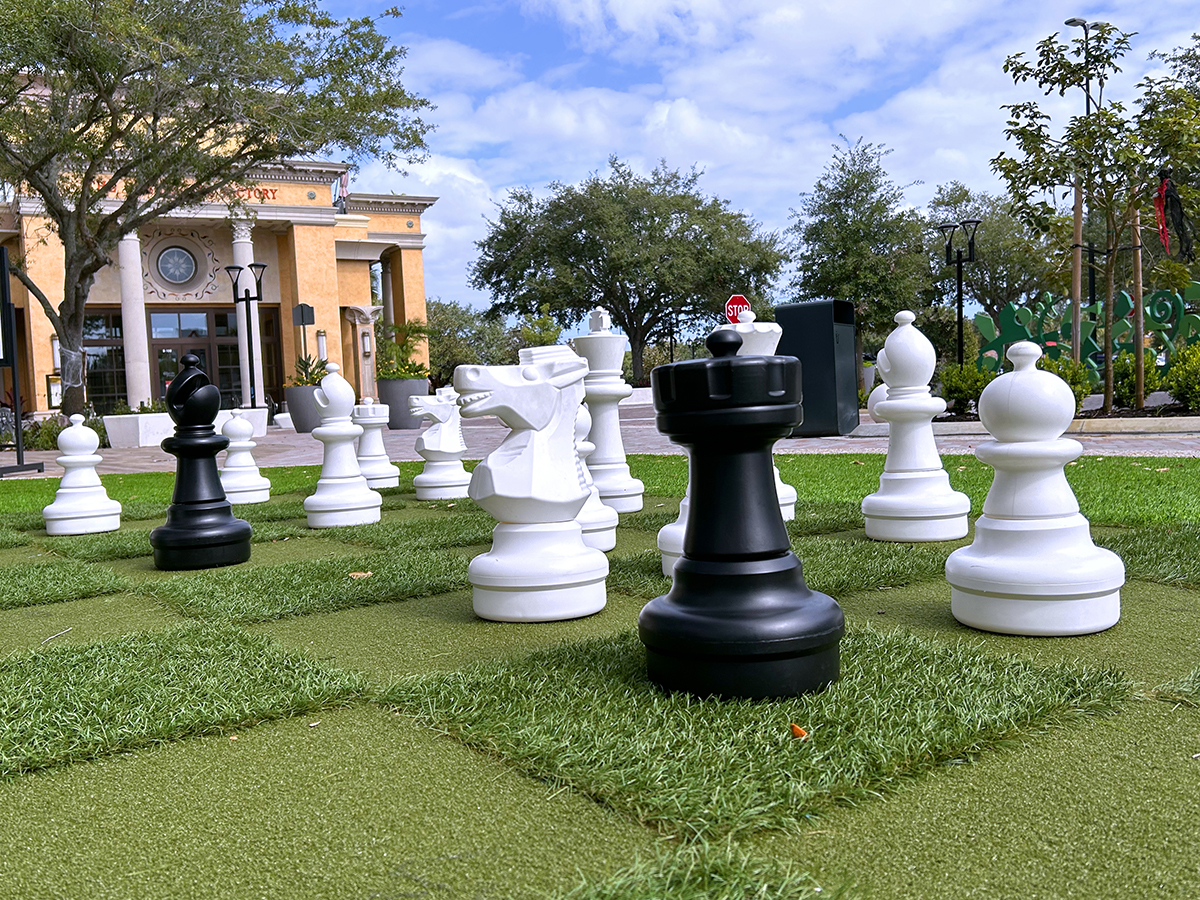
Rearranging the fountain, removing paved walkways, and moving the giant chess board created space for lounge chairs, new landscaping, and open areas.
Shoppers are now able to move freely through most of the property. The future site of a Tommy Bahama Marlin Bar is nearly complete, and the first Central Florida location of Ohio-based furniture company Arhaus is under construction at the former Ruth’s Chris Steak House site. Winter Park City Commission previously approved a conditional use request for the redevelopment of the restaurant building into a 16,186-square-foot retail facility.
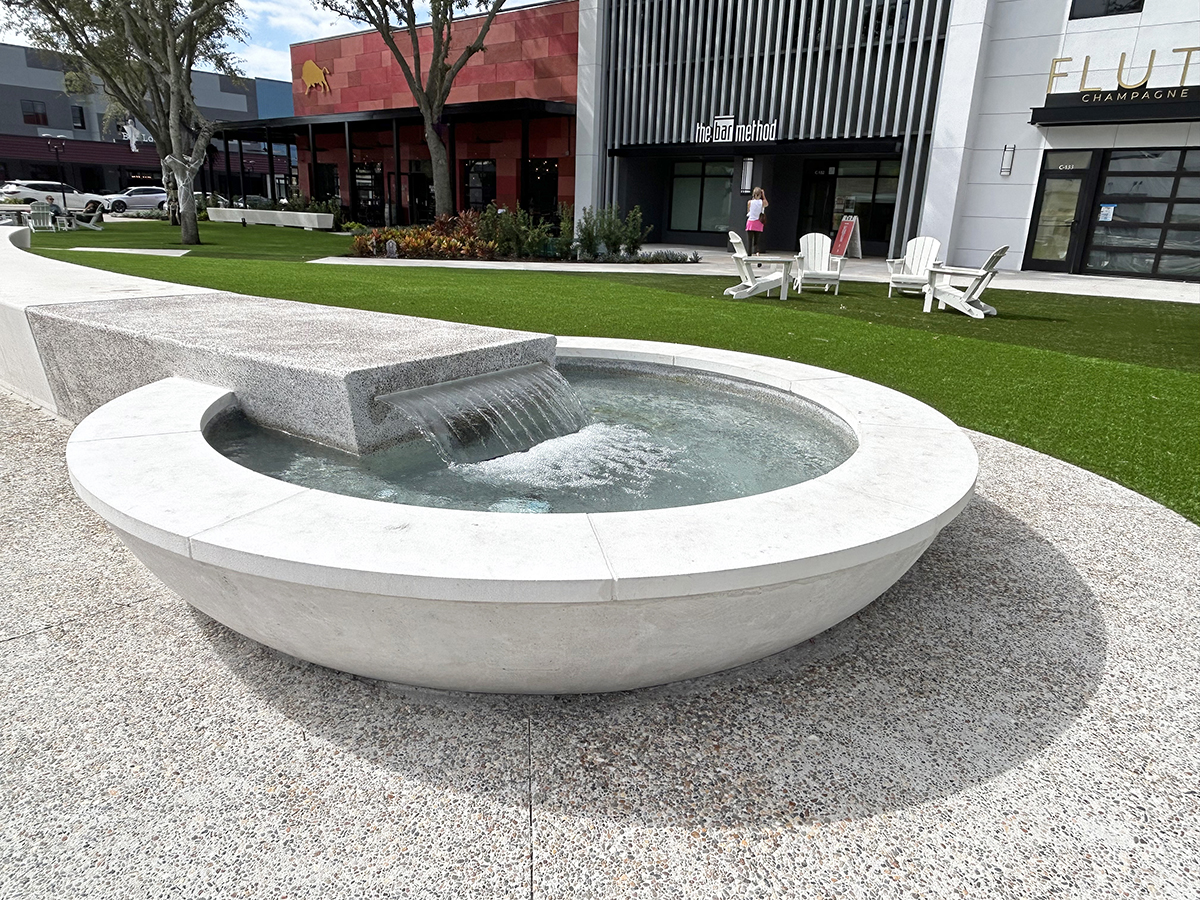
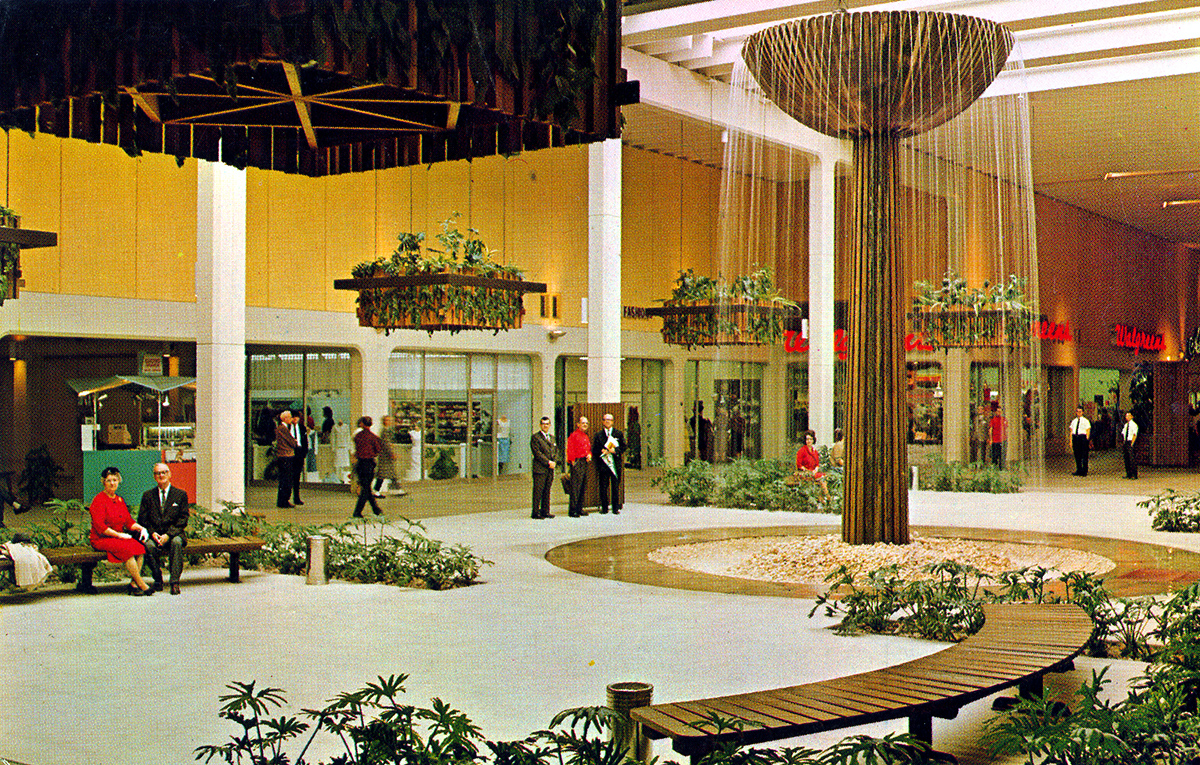
An unexpected series of delays to exterior enhancements on the Regal Cinemas building are also coming to an end. In April, a proposed light tower and LED screens were rejected by city commission due to light pollution and possible traffic safety hazards. “It goes back to the idea of what the aesthetic of Winter Park is, and do these designs fit in,” said Hoppes. “There were some challenges there for everyone involved.”
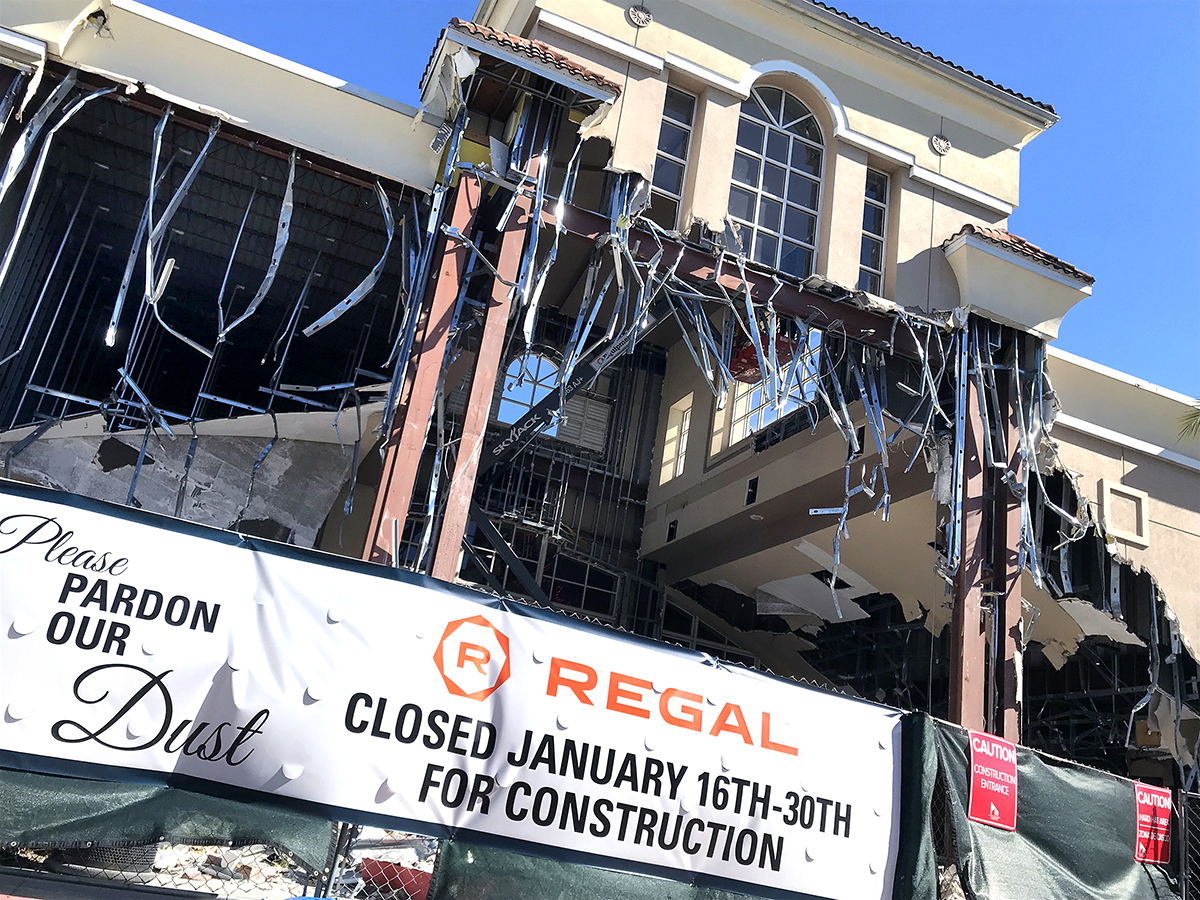
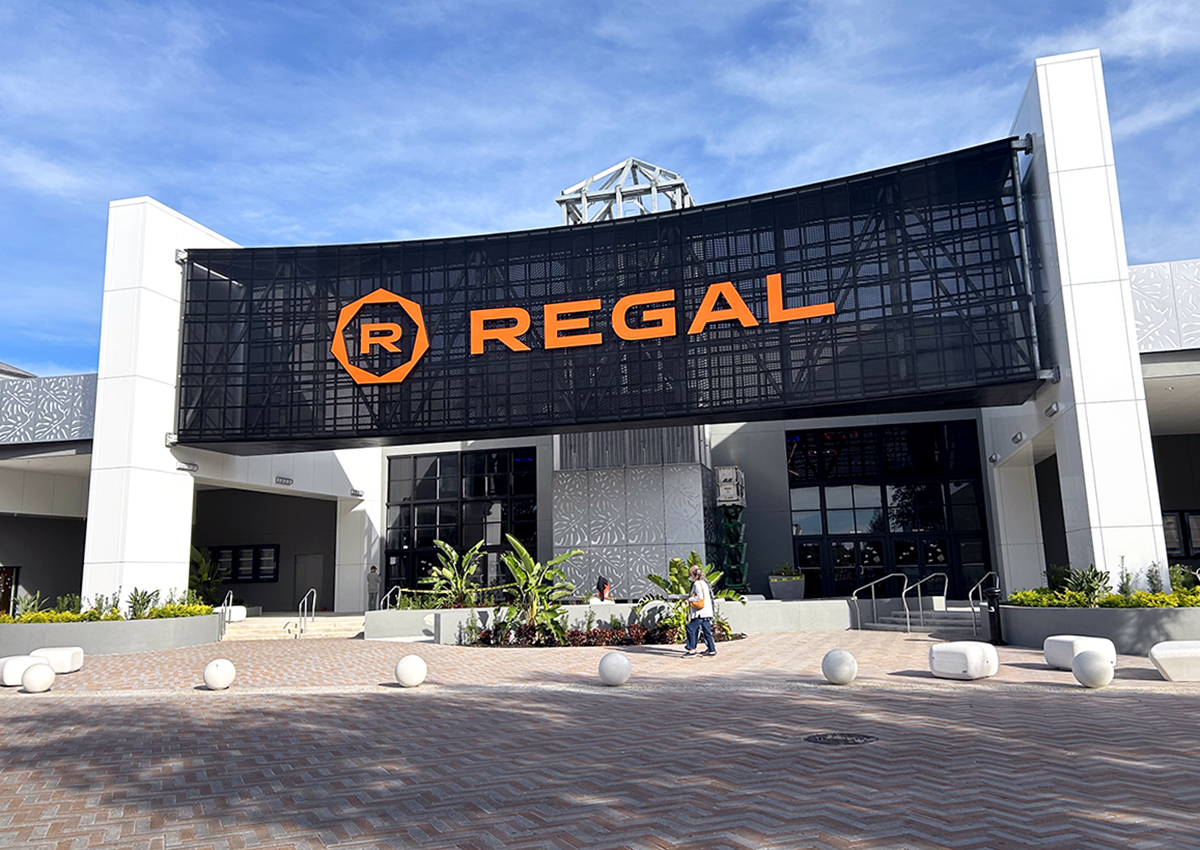
Hutchens says the Arhaus site and movie theater will be the only portions that won’t be fully complete by year’s end.
Hoppes, McMacken and their fellow designers continue to schedule site visits as the project enters its final stretch, and they credit a team effort for its overall success. “It’s very collaborative; there’s an extensive team of consultants on this project from Colliers working on the retail side, the architects at Charlan Brock, and The Memoir Agency and PRISMATIC in charge of the branding and visioning,” said Hoppes.
McMacken is as impressed with the redesign as he was with the original build and equally thankful for the opportunity to participate in both.
“CASTO had a vision, and they were willing to work with all the consultants to see that vision through,” he said. “And, you know, not every owner is willing to go through that process and then turn around and do it again.”
